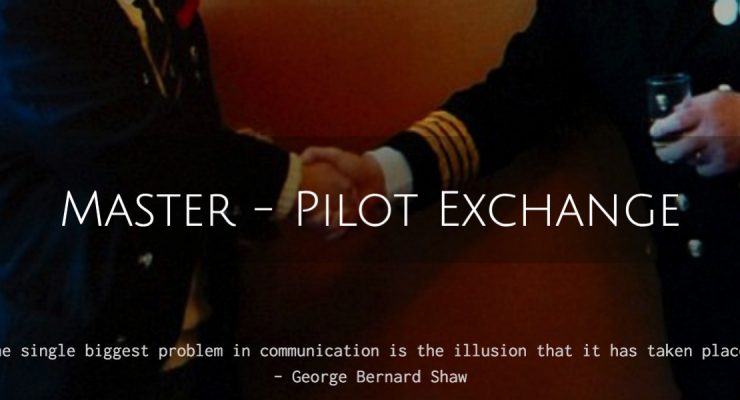It is a given fact that invariably pilotage is compulsory and the majority of accidents occurring during berthing occur with a pilot on the bridge. No berthing guide would be complete without reference to the master-pilot relationship.Pilotage Why are Pilots engaged? For their expertise in navigating in close proximity to land in narrow channels. For their ability to anticipate accurately the effects of currents and tidal influences. For their understanding of local traffic. For their ability to work effectively with the local VTS. For their language ability when … [Read more...]
Rule 29 – Pilot vessels
(a) A vessel engaged on pilotage duty shall exhibit:(i) at or near the masthead, two all-round lights in a vertical line, the upper being white and the lower red; (ii) when underway, in addition, sidelights and a sternlight; (iii) when at anchor, in addition to the lights prescribed in subparagraph (i), the light, lights, or shape prescribed in Rule 30 for vessels at anchor.(b) A pilot vessel when not engaged on pilotage duty shall exhibit the lights or shapes prescribed for a similar vessel of her length. … [Read more...]

